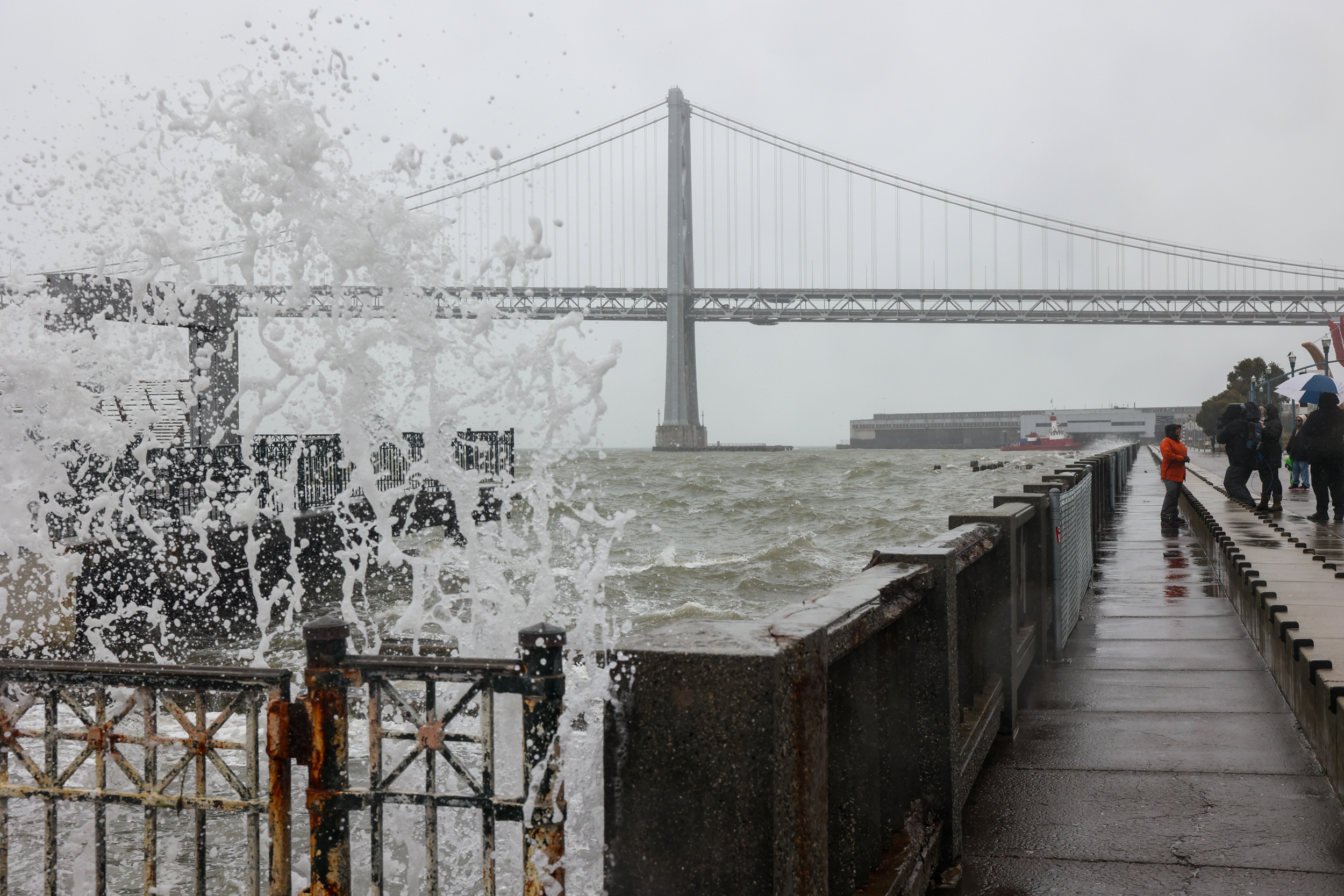When it comes to the cost of climate change, the U.S. city facing the greatest risk isn’t hurricane-prone Miami or below-sea-level New Orleans. It’s actually San Francisco.
Moody’s Analytics, a respected research firm whose findings underpin world financial markets, looked into the threats a hotter future with rising sea levels pose to the country.
Its February 2023 report, “The Impact of Climate Change on U.S. Subnational Economies,” determined that the City by the Bay faces the greatest potential losses.
“San Francisco is not especially susceptible to any one hazard, but above-average risk from each category makes it the single-most exposed large metro area or division,” the report said.
Specifically, SF is at a high risk of sea level rise (second only to Cape Coral, Florida, a city on the Gulf Coast) and water stress (behind only the Arizona desert cities of Phoenix and Tucson). But what really bumps SF to the top is its sky-high property values, which will make the built environment enormously costly to relocate or abandon.
San Francisco has already begun thinking about a so-called “managed retreat,” with the eventual permanent closure of the lower Great Highway all but assured.
Other large, coastal areas, like New York and Florida, also ranked highly on the list. Oakland clocked in at No. 5.
The movies show San Francisco ravaged by massive earthquakes, pummelled by giant reptilian monsters and overrun with superintelligent apes, but the destruction of San Francisco’s infrastructure will likely come in a far more mundane form, like a gradual strengthening of the seasonal king tides that threaten the Embarcadero seawall and all the ultra-pricey real estate that depends on it.
As is usually the case with bland-yet-terrifying rankings of U.S. cities, there is some quibbling to be had with the methodology. Some rankings do not translate into an apples-to-apples comparison. For instance, Long Island (No. 4 for overall risk) is not a city at all, but a geographical entity of 7 million people, while in 10th place is North Port, Florida, a suburb of Sarasota with a mere 75,000 residents.
Interestingly, while climate change is likely to inflict enormous economic losses on heavily populated coastal and southern regions of the U.S., a handful of states and cities in northern and inland sections of the country could be relatively unaffected. Minnesota and the Dakotas, with their cold weather and evenly distributed annual rainfall, may even stand to benefit economically from a warmer world.
